Medical Public Awareness Campaigns—Examples and Effectiveness
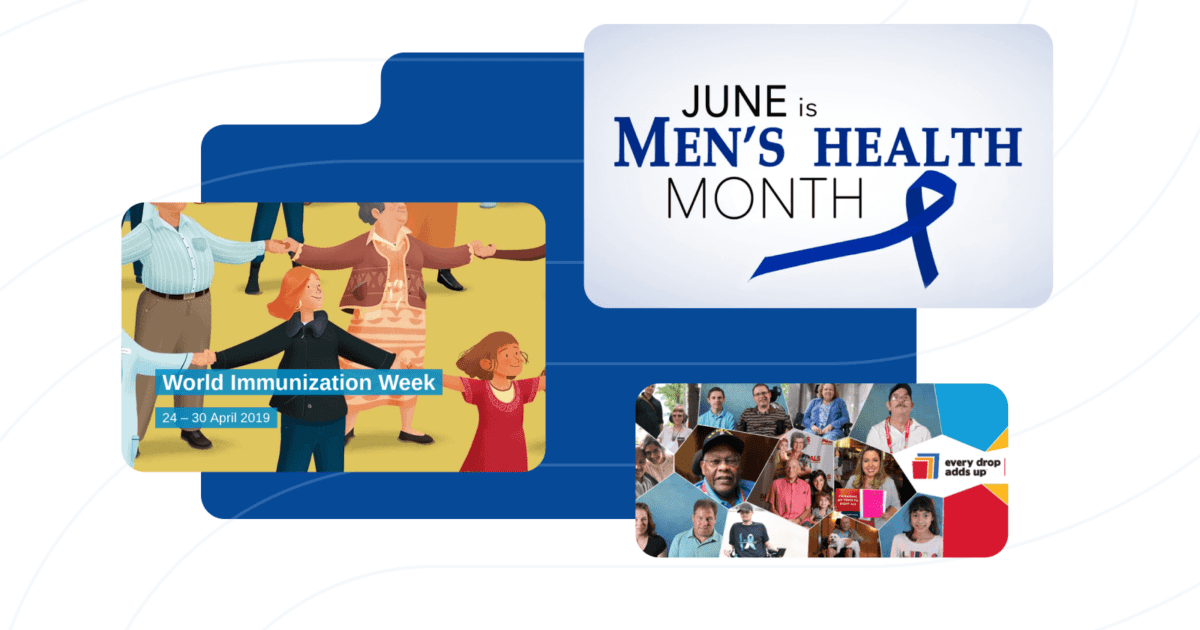
Medical public awareness campaigns are designed to distribute important healthcare messages to large populations. With over seven billion people in the world, it is necessary to find ways to share information ethically, without bias and injustice to others. Public healthcare awareness is critical to everyone as disease and infection can inflict anyone, at any time. As such, it is important to spread healthcare messaging through verbal, written, and visual means that can be understood by everyone, promote social health, and are not discriminatory in nature.
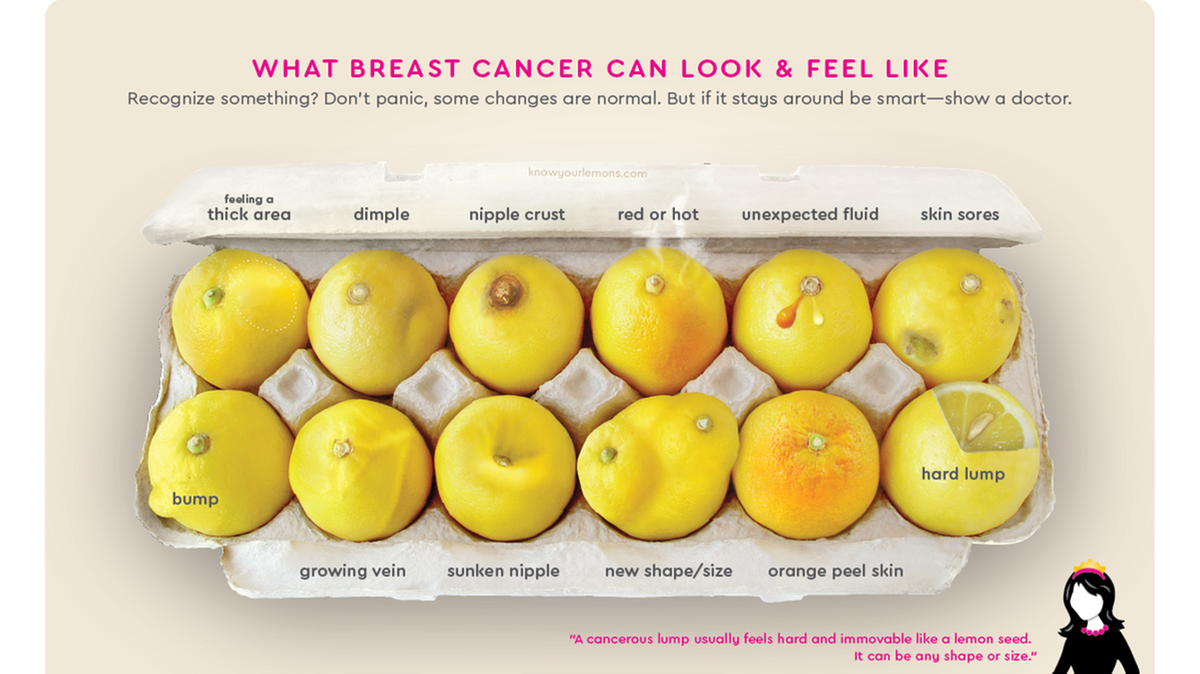
Know Your Lemons: Worldwide Breast Cancer
A successful example of a multimodal public awareness health campaign is the “Know Your Lemons: Worldwide Breast Cancer” awareness campaign.
Breast cancer is a disease that crosses every continent and is found within vastly different socio-economic communities. Language, literacy, and message comprehension are needed to promote a successful awareness campaign. Using visually modified fruit (with a texture and shape similar to a woman’s breast) provides a successful awareness message to all women of the world.
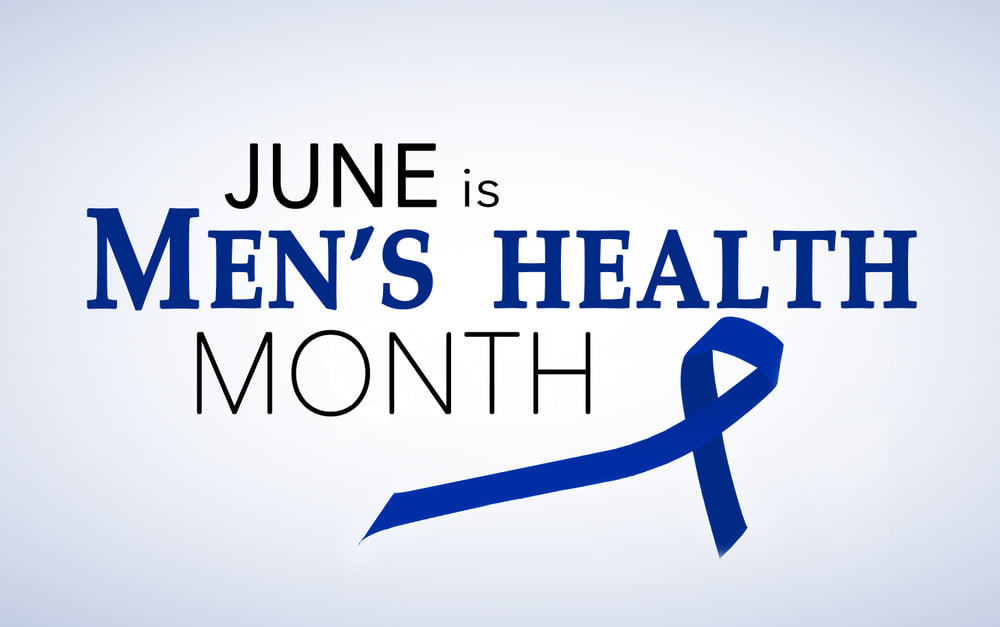
June is Men’s Health Month
Did you know June is Men’s Health Month? Neither do a lot of people. Apparently, it has been a nationally recognized congressional healthcare program for twenty-five years now, but that message has not been successfully communicated.
The campaign encourages all participants to wear blue on Friday, yet the dominant color in the ad is orange. (According to most data, blue is the favorite color of men. Thus, men are encouraged to blend in, rather than stand out from the crowd.)
Visually, the campaign can also be misinterpreted as an advertisement for fatherhood.
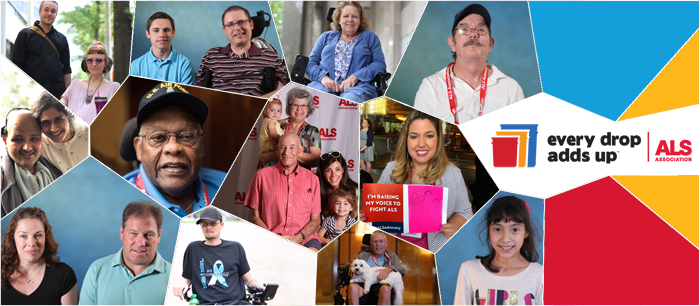
Ice Bucket Challenge: ALS
The most recent public awareness campaign that garnered very successful results across the world was the Ice Bucket Challenge, Every Drop Adds Up campaign for ALS.
Much like every drop of water creates a whole, the ALS Association promotes: “Every Drop Adds Up.” The silly gimmick of pouring ice-cold water over your head (or allowing someone else to do it for you) raised over one hundred and fifteen million dollars in the United States alone. Famous politicians and celebrities like Bill Gates and former president George W. Bush participated.
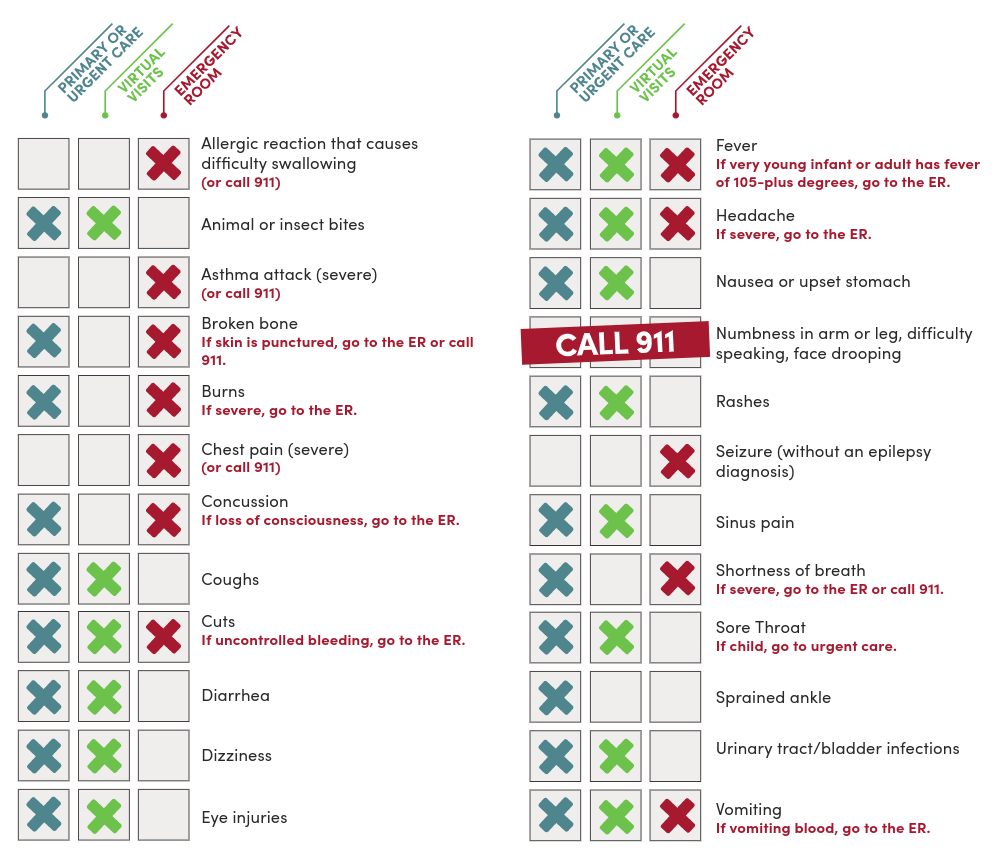
When Should You Go to Urgent Care?
Public awareness campaigns are also focused on utilizing resources effectively. The age of rising healthcare costs in America is still a concern. Knowing how best to utilize community resources—answering the where, how, when and why—can save time, money, and valuable resources for both patients and providers. The chart above, for example, helps patients determine when best to seek medical help from a doctor’s office, urgent care facility, or emergency department. By using colors and symbols that mean, “stop and go,” and “yes and no,” it makes it easier for patients to determine where best to address their health concerns.

World Immunization Campaign (Now 53rd Year—1966)
There are many public healthcare campaigns that are successful in outreach but also cause controversy. Many people feel very strongly about immunizations. Vaccinating everyone against preventable diseases is widely supported by the medical community, including the American Association of Pediatrics. Vaccinations are down in many parts of the developed world, however, due to a growing controversy over their safety. Much of the controversy lies in misinformation, miscommunication, and strong belief systems. For more information on the global campaign for immunization, visit the WHO website.
Healthcare Public Awareness Campaigns — What Works & What Doesn’t
If done right, public healthcare awareness campaigns are highly effective ways to communicate healthcare awareness, prevention and goals, drive patient engagement, and produce better health outcomes.
The experts suggest that ad campaigns are most successful when there is a(n):
- Openness to seeking help from a variety of sources
- Positive attitude toward change
- Curiosity
- Vulnerability and a willingness to take risks
- Commitment to problem-solving
For more insights into healthcare issues and the challenges of working in the medical field, be sure to read more on the h1 blog.

 HCP Universe
HCP Universe Trial Landscape
Trial Landscape